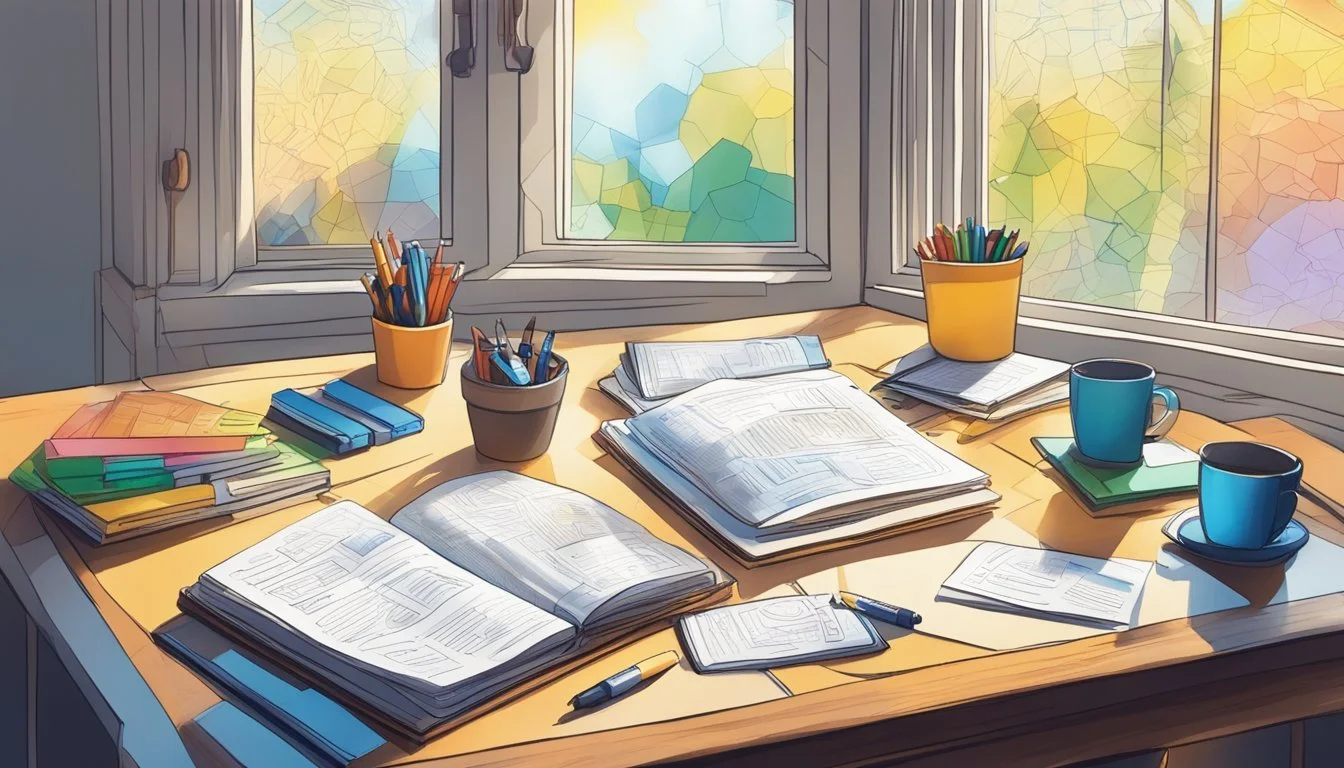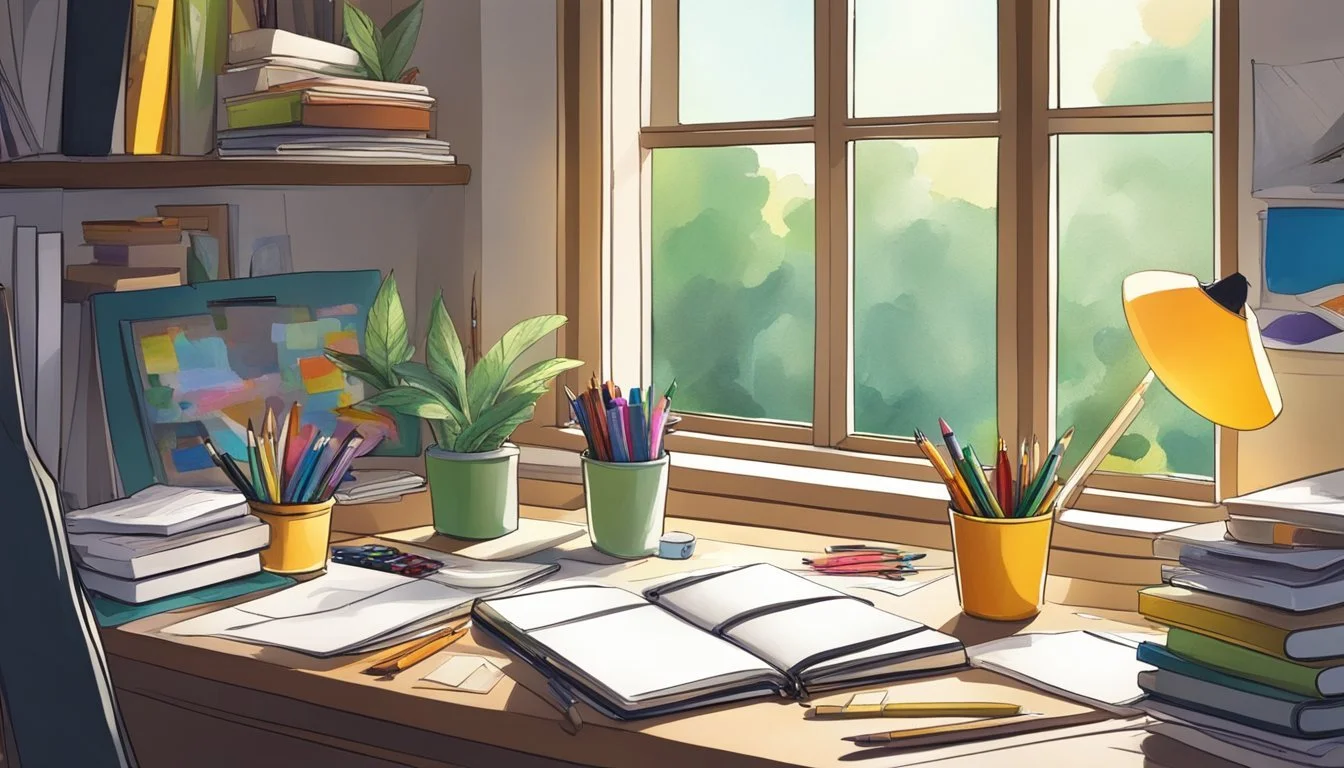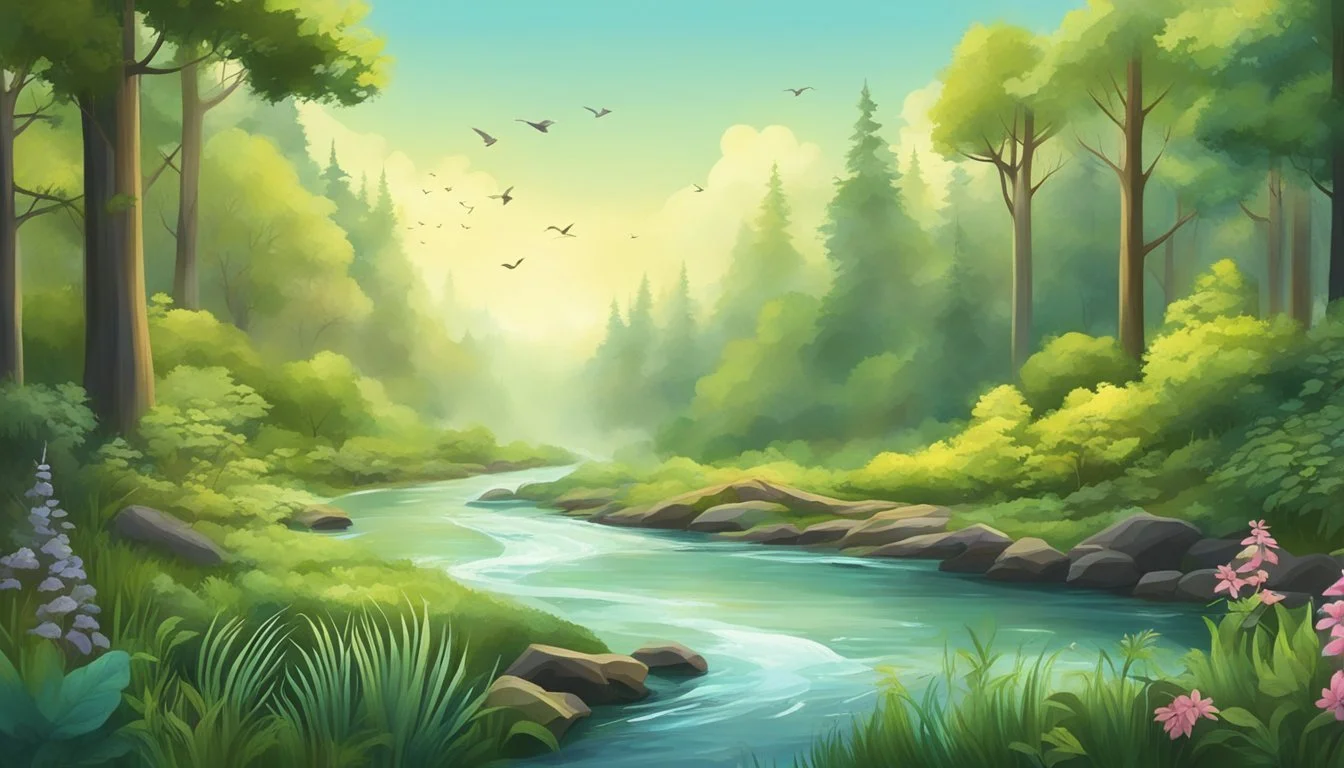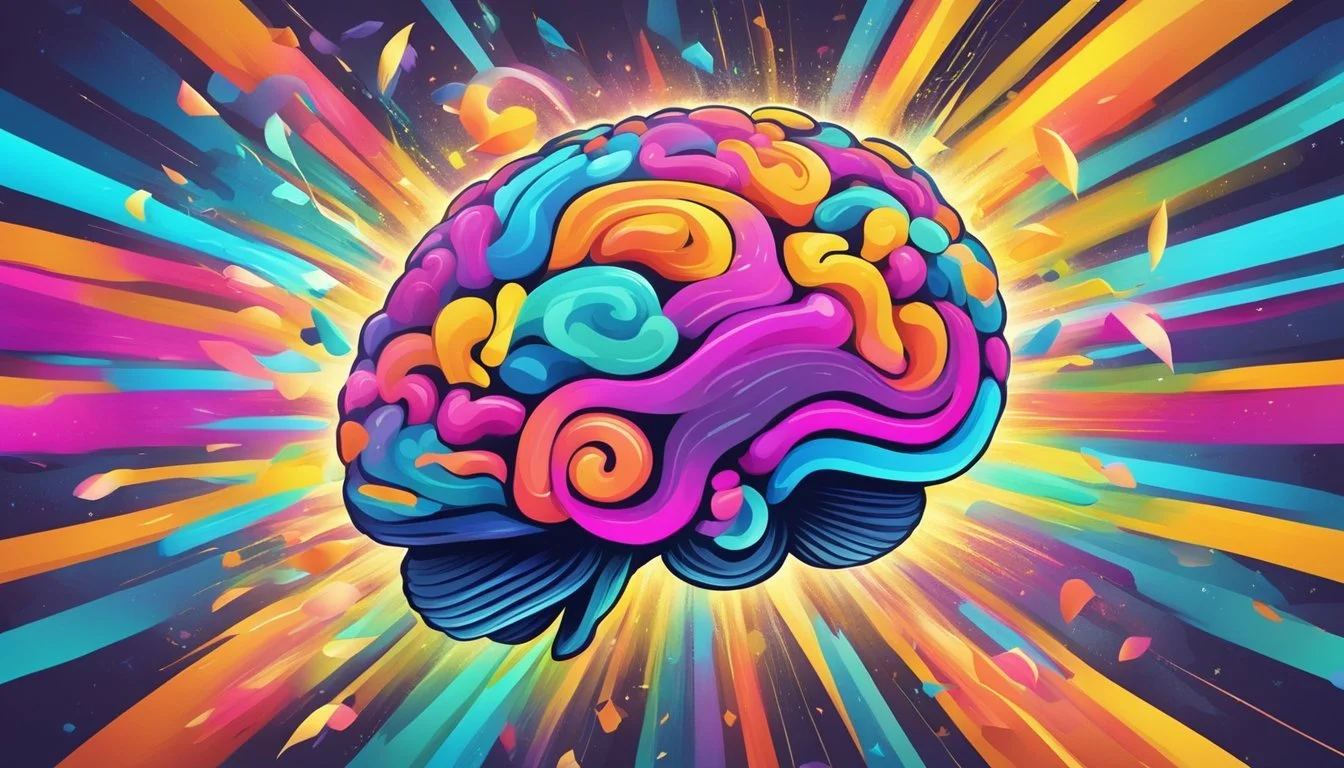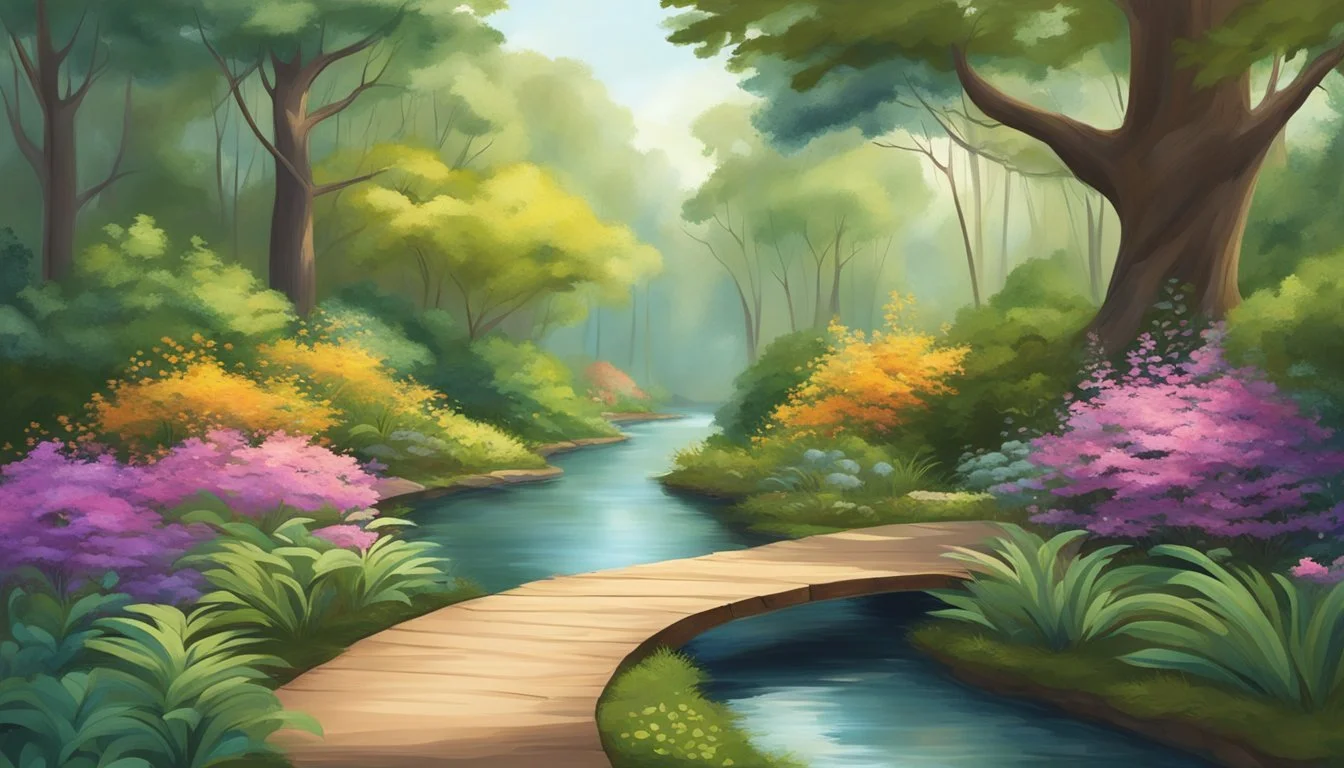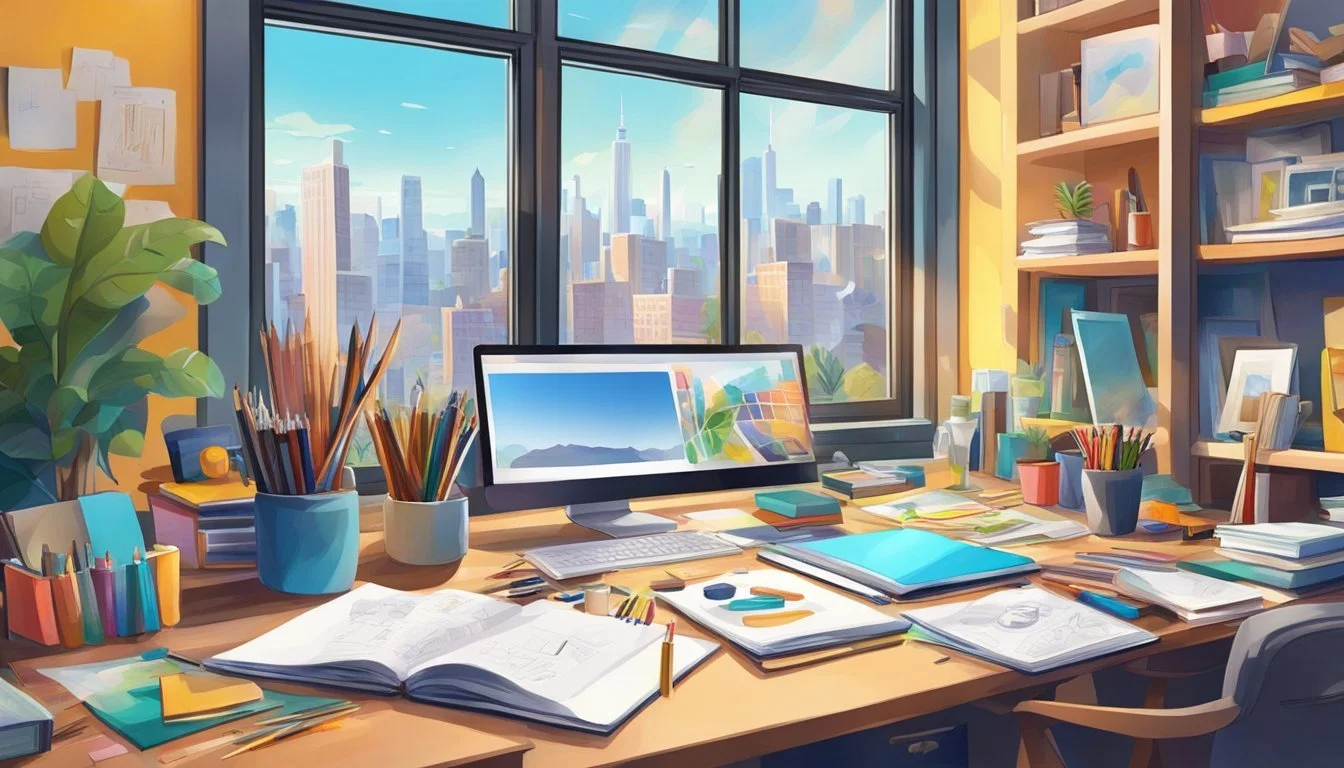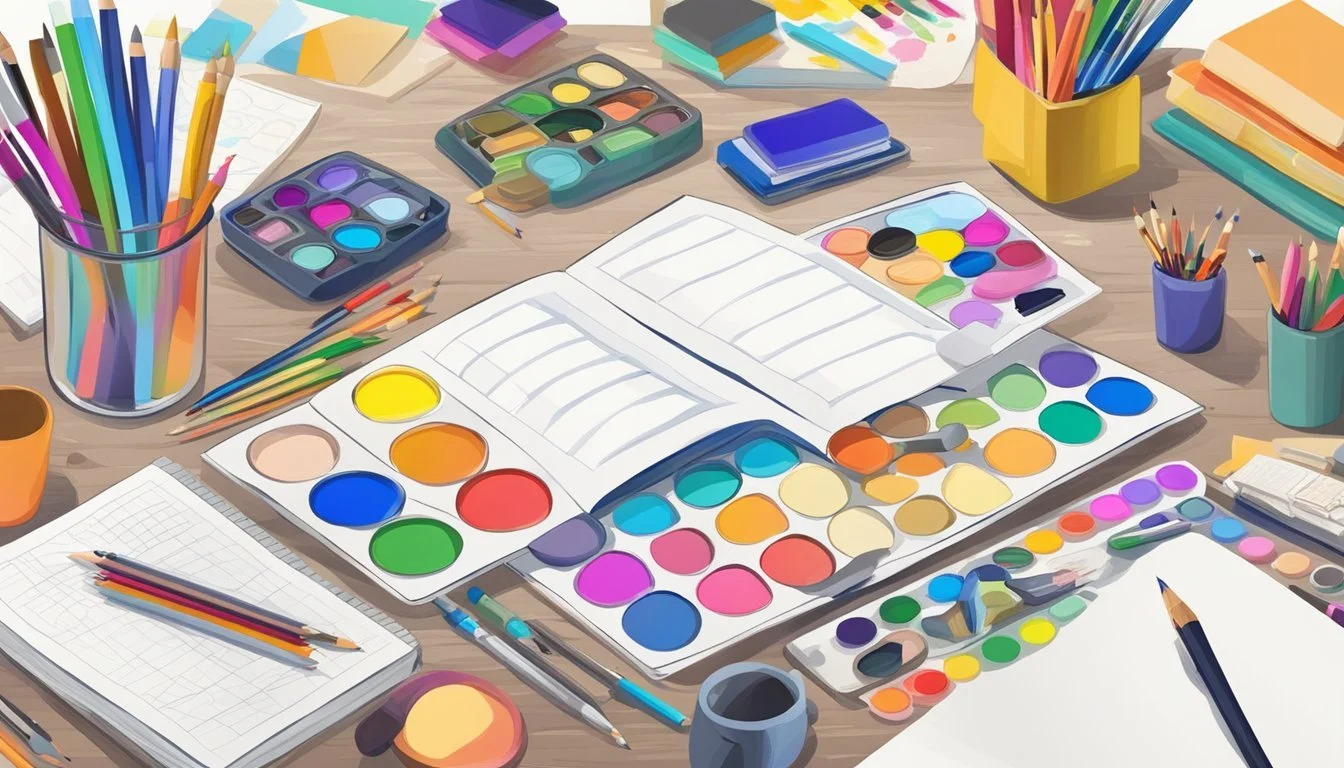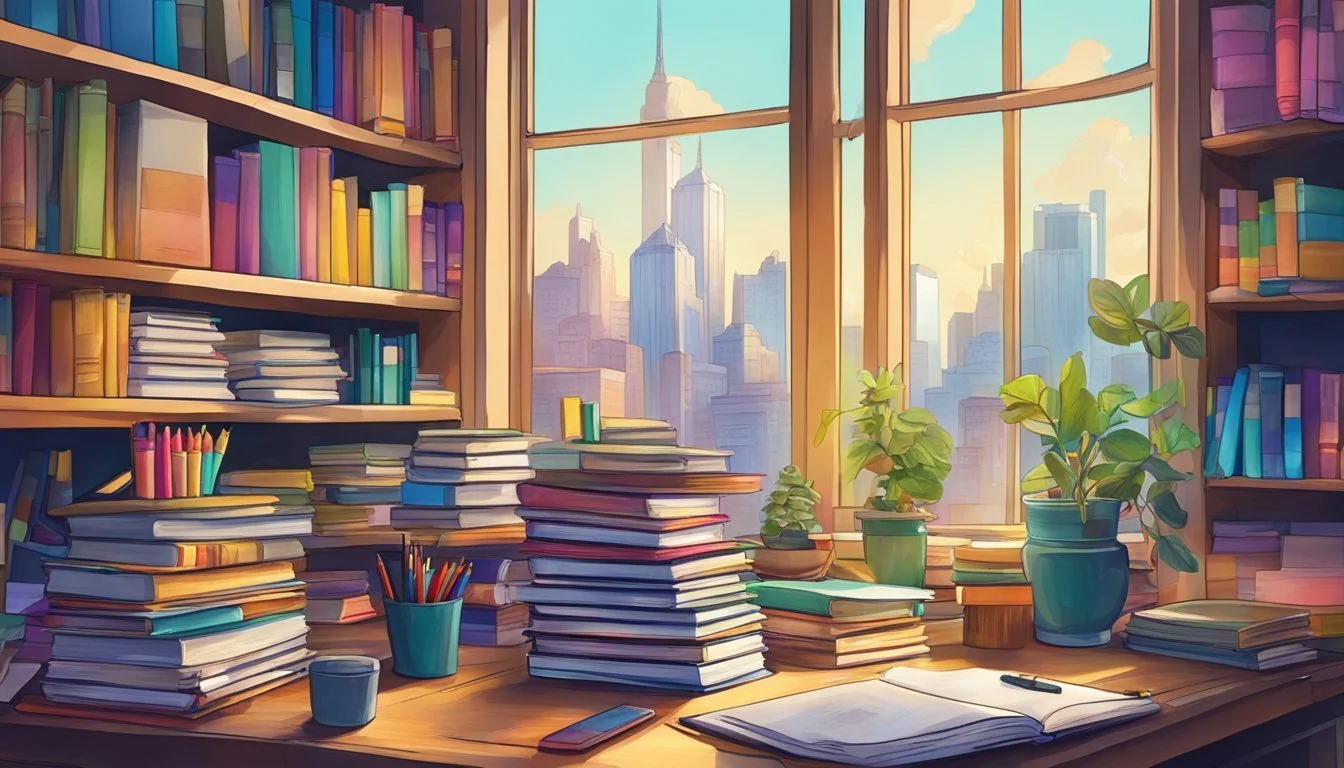10 Habits of Highly Imaginative Creators
Unlocking Creative Potential
Imaginative creators often stand out due to their unique ways of thinking and approaching life. They embrace new ideas and are not afraid to explore uncharted territories. Their habits reflect a commitment to nurturing their creativity and pushing the boundaries of what is possible.
Understanding the habits of highly imaginative creators can help individuals unlock their own creative potential. By examining these habits, one can gain insights into the daily practices and mindsets that contribute to sustained creativity and innovation. This article will delve into the essential habits that distinguish these creative minds, offering readers practical tips to enhance their own imaginative skills.
1) Mind Mapping Sessions
Mind mapping is a powerful tool for fostering creativity. It allows individuals to visually organize their thoughts and ideas. This technique involves drawing a central concept in the middle of a page and branching out with related ideas, forming a web-like structure.
Mind mapping encourages free-flowing, non-linear thinking. This is particularly useful for imaginative creators who often have ideas that don't follow a strict sequence. By visually connecting concepts, they can see relationships between ideas that might not be apparent otherwise.
Mind mapping also helps in breaking down complex problems. Creators can dissect a challenging task into smaller, more manageable parts. This can lead to innovative solutions and new perspectives.
Digital tools for mind mapping have made this process even more accessible. Software like MindMeister and XMind offer features that allow for collaboration and easy sharing. This is beneficial for creative teams who need to brainstorm together, even if they are not in the same physical location.
Through regular mind mapping sessions, creators can continually expand and refine their ideas. This habit not only sparks new creativity but also helps maintain an organized record of their innovative thoughts.
2) Daily Journaling
Daily journaling plays a crucial role in fostering creativity. Many imaginative creators use this practice to clear their minds and capture fleeting thoughts. It allows them to process their experiences and emotions effectively.
A regular journaling habit can help track progress and set daily intentions. This provides a structured way to reflect on achievements and challenges.
Creative individuals often experiment with different journaling techniques. Some prefer bullet journaling, which offers a concise and organized method. Others opt for free-flow writing, allowing thoughts to be expressed without constraints.
Incorporating visual elements can also enhance the journaling experience. Doodling, sketching, or using color can stimulate the right side of the brain, encouraging new ideas.
Journaling prompts can serve as a starting point for those who find it difficult to begin. Prompts like "Describe an experience where you adapted to unexpected changes" or "Write about a moment when everything fell into place" can trigger deeper insights. For more prompts, Robin Piree offers 599+ Journaling Prompts.
By making journaling a daily habit, imaginative creators can maintain a continuous flow of fresh ideas. It provides a safe space to explore thoughts, challenge assumptions, and develop new perspectives.
3) Ambient Soundscapes
Ambient soundscapes are vital tools for highly imaginative creators. These soundscapes can transform environments, stimulate creativity, and provide a unique atmosphere for projects. Whether working in music, film, games, or virtual reality, ambient soundscapes add depth and immersion.
For music producers, slowing down audio sources can create rich textures. Slowing down can alter the pitch, so EQ or filtering might be needed to avoid a boomy effect. This technique adds a unique layer to any composition.
Creators can use ambient plugins and effects to craft synthetic soundscapes. Adding width to a track with a detune effect can significantly enhance the listening experience. Cloning a track, pitch-shifting, and panning create an unnatural width that feels expansive.
Whether they are natural or man-made, ambient soundscapes have endless applications. They can transport listeners to new worlds and intensify emotional impact. This makes them an essential element for any creative storyteller.
Recording ambient audio, manipulating it, and integrating it seamlessly into projects is an art form. The versatility of ambient soundscapes ensures they remain an incredible resource for imaginative minds.
4) Intense Brainstorming
Intense brainstorming is a hallmark of highly imaginative creators. It involves generating a large number of ideas in a short period. This process encourages thinking beyond conventional boundaries.
By fostering an open and free-flowing exchange of ideas, creators can explore multiple possibilities. This method often leads to unexpected connections and novel solutions.
Highly creative individuals make it a habit to set aside dedicated time for brainstorming sessions. During these sessions, they often use techniques such as mind mapping and free writing to unlock new possibilities.
Group brainstorming sessions can be particularly effective. They allow for diverse perspectives, which can lead to more innovative outcomes. Team members build on each other's ideas, creating a dynamic and collaborative environment.
Spaces conducive to brainstorming are usually free of distractions. These environments encourage creative thought and help participants focus. Tools like whiteboards, sticky notes, and digital brainstorming apps can enhance the process.
Imaginative creators are not afraid to take risks during brainstorming. They understand that some of the best ideas come from bold and unconventional thinking. Embracing uncertainty is key to this process.
In sum, intense brainstorming is crucial for fostering creativity. It allows creators to push boundaries and develop groundbreaking ideas. This practice is an essential part of their creative toolkit. For more insights on the habits of highly creative people, consider exploring the Greater Good article on creativity.
5) "Creativity is intelligence having fun." - Albert Einstein
Albert Einstein once said, "Creativity is intelligence having fun." This quote embodies the idea that creativity and intelligence are deeply connected.
When people engage in creative activities, they often find themselves in a state of flow. This state occurs when they are so absorbed in what they are doing that time seems to disappear.
Creative processes stimulate the mind and can lead to innovative solutions to complex problems. By approaching tasks with a playful mindset, individuals often find new perspectives.
The phrase also suggests that intellectual pursuits don't have to be tedious. Creativity can infuse joy into rigorous thinking, making the process more enjoyable and effective.
Many artists, scientists, and inventors have embodied this idea. They blend their intellectual capabilities with imaginative thinking to create groundbreaking work.
To embody Einstein's philosophy, one can engage in activities that combine skill and enjoyment. This might include brainstorming sessions, creative hobbies, or collaborative projects.
Creativity also fosters resilience. When faced with challenges, a fun and inventive approach can help in discovering unique solutions. This demonstrates how intelligence and enjoyment can lead to success.
Understanding that creativity enhances intelligence can inspire people to seek joy in their work. This mindset can transform the way they approach intellectual endeavors, leading to both satisfaction and achievement. For more insights on this perspective, visit the Quote Investigator.
6) Solo Nature Walks
Solo nature walks can be a profound way for highly imaginative creators to recharge and stimulate their creativity. Engaging with nature helps reduce stress, which can clear the mind for new ideas. The tranquility found in natural settings allows for deeper reflections and insights.
Walking alone in nature provides a break from the constant noise and distractions of everyday life. This solitude can lead to improved concentration and memory, facilitating creative thought processes. The immersive experience of being in nature can inspire new perspectives and creative solutions.
Research has shown that spending time in nature can enhance mental health. Solo nature walks are linked to reduced anxiety and depression, creating a mental state conducive to innovation. This rejuvenation can lead to increased productivity and the generation of unique ideas.
Solo walks allow creators to connect with their inner thoughts without external interruptions. This uninterrupted thinking time is essential for brainstorming and forming creative connections that might not occur in busier environments. By dedicating time for these walks, creators can open up new pathways for imagination and inspiration.
Highly imaginative creators can benefit greatly from incorporating solo nature walks into their routine. It serves as a powerful tool for sharpening their creative skills and maintaining mental well-being.
7) "Imagination is the true magic carpet." - Norman Vincent Peale
Norman Vincent Peale famously remarked, "Imagination is the true magic carpet." This highlights the extraordinary power of imagination in allowing individuals to transcend their physical reality.
By visualizing new ideas, they can navigate different realms of possibility.
Peale's quote emphasizes the creative potential embedded within everyone's mind. Through imagination, a person can explore uncharted territories and innovate beyond conventional boundaries.
It acts as a vehicle for creativity and inspiration.
Imagination enables creators to manifest their dreams into reality. It offers a mental escape, allowing them to conceptualize and develop groundbreaking ideas.
Much like how a magic carpet provides a unique mode of travel, imagination offers a distinct pathway to innovation.
This perspective is echoed by many thinkers. For example, Peale's insights align with the belief that imagination sparks creativity and drives progress.
It inspires creators to envision what they desire and work towards achieving those visions.
In essence, Peale's assertion underscores the limitless potential of imagination in shaping one's reality. By leaning into this mental faculty, creators can generate transformative and impactful work.
The metaphor of a magic carpet aptly illustrates how imagination can take people places that reality alone cannot.
For more context on Peale's philosophy, you can refer to his quote on BrainyQuote.
8) Unstructured Downtime
Embracing unstructured downtime is key for imaginative creators. Research suggests that allowing the mind to wander can lead to innovative ideas. When people are not actively working on a task, their brains enter a state that fosters creativity and problem-solving.
Highly imaginative individuals often use their downtime effectively. They might engage in activities that do not require focused thought, like walking or casual reading. This idle time is not wasted; it becomes a fertile ground for ideas to flourish.
Daily routines for creative people frequently include periods of relaxation. These moments help reset their cognitive processes. Studies from institutions like the University of Arizona have highlighted that using idle time productively can boost creative output.
Meditation and mindfulness practices are popular among creative individuals. These habits calm the mind and create space for new connections and insights. It’s common to find creative people taking deliberate pauses throughout their day to breathe and think freely.
Incorporating unstructured time into a busy schedule might seem counterintuitive. Yet, it is this very practice that separates highly imaginative creators from others. Allowing the mind to roam without constraints can spark some of the most profound and original ideas.
9) Creative Challenges
Engaging in creative challenges is a way to push the boundaries of imagination. These challenges can take many forms, such as daily prompts, themed projects, or constraint-based tasks.
Creative individuals often thrive when they are presented with a specific problem or limitation. These constraints can spark new ideas and drive innovation.
For example, artists might restrict themselves to using only one color, while writers may try to craft a story without using the letter "e."
Such challenges encourage creators to think outside the box and find unique solutions. Additionally, participating in collaborative challenges with peers can offer new perspectives and insights.
Creative challenges also help build discipline and consistency. By committing to regular participation in these activities, individuals strengthen their creative muscles and develop a habit of persistent creative thinking.
In essence, creative challenges are a powerful tool for anyone looking to boost their imaginative abilities. They foster a mindset of curiosity and exploration, proving that with the right challenge, new heights of creativity can be achieved.
10) Creative Visualization Exercises
Creative visualization exercises are essential tools that imaginative creators use to enhance their abilities.
A common exercise includes mindfulness and visualization. By practicing mindfulness, individuals can clear their minds and focus better, allowing for more vivid visualizations.
Using a mind map can also stimulate creativity. This involves starting with a central idea and branching out to explore related concepts.
Another technique is sensory visualization. Creators close their eyes and imagine specific details of their desired outcome, engaging all senses to make the vision more realistic and compelling.
Incorporating daily meditation can help creators relax and enhance the clarity of their visualizations. This supports the brain in forming new, creative ideas.
After completing a visualization exercise, reflecting and journaling can be beneficial. It allows individuals to capture their thoughts and emotions, providing a record of their creative journey.
By practicing these exercises, highly imaginative creators can continuously refine their skills and unlock new creative potentials.
The Psychology Behind Imagination
Imagination is a complex and multifaceted cognitive function that involves various mental processes and phenomena. It can influence creativity, problem-solving skills, and emotional well-being through mechanisms such as cognitive flexibility and mental simulation.
Cognitive Processes Involved
Imagination engages several cognitive processes that enable individuals to form and manipulate mental representations. These processes include working memory, which allows for the temporary storage and manipulation of information. This is crucial for creating and adjusting imagined scenarios.
Conceptual blending is another key aspect, where elements from different concepts are merged to form new ideas or images. This blending facilitates innovative thinking by breaking conventional boundaries.
Additionally, mental simulation allows individuals to envision possible future events or scenarios. By simulating experiences and outcomes, imaginative thinkers can prepare for real-world challenges and opportunities.
The Role of Daydreaming
Daydreaming plays a significant role in fostering imagination. It involves a spontaneous and self-generated mental activity that occupies the mind when it is not focused on external tasks. Research indicates that daydreaming can enhance creative problem-solving by allowing the mind to explore alternative solutions in an unconstrained manner.
Autobiographical planning is another function of daydreaming, where individuals reflect on past experiences and plan future actions. This reflective process can lead to richer imaginative capabilities, as it integrates past knowledge with future aspirations.
Moreover, daydreaming has been linked to enhanced emotional regulation. By mentally rehearsing different scenarios, individuals can better manage their emotions and expectations, leading to improved psychological resilience.
Environments That Foster Creativity
Creating environments that foster creativity involves designing inspiring workspaces and establishing collaborative atmospheres. These elements are key to unlocking the creative potential of individuals and teams.
Inspiring Workspaces
An inspiring workspace significantly enhances creativity. The physical environment can influence mood and thought processes. Natural light, for instance, is crucial as it boosts mood and productivity.
Comfortable furniture, ergonomic chairs, and standing desks contribute to long-term comfort.
Personal touches like photos, plants, and artwork can also inspire. A clean, organized space minimizes distractions, allowing for a focus on creative tasks.
Flexible spaces that offer different zones for work, relaxation, and brainstorming can accommodate varying needs throughout the day. Color schemes also play a role; blue and green hues are particularly effective in stimulating creativity.
Collaborative Atmospheres
A collaborative atmosphere encourages sharing ideas and working together effectively. Open-plan offices with breakout areas enable spontaneous discussions.
Regular brainstorming sessions promote the exchange of diverse perspectives. Using technology like collaborative tools and project management software can facilitate remote teamwork.
Encouraging an open culture where everyone feels valued and free to share their thoughts is vital. Team-building activities and social events help build trust and camaraderie.
Cross-disciplinary teams can bring in fresh viewpoints, driving innovation. Creating a balance between independent work and team collaboration is essential for nurturing creativity.


